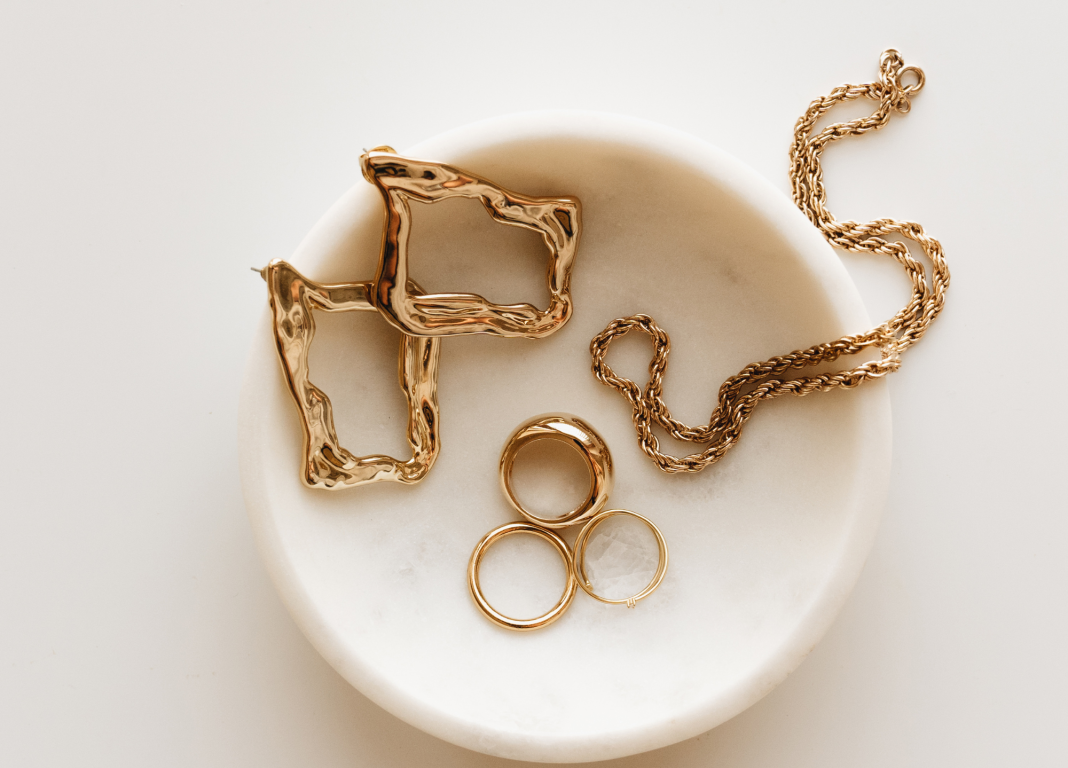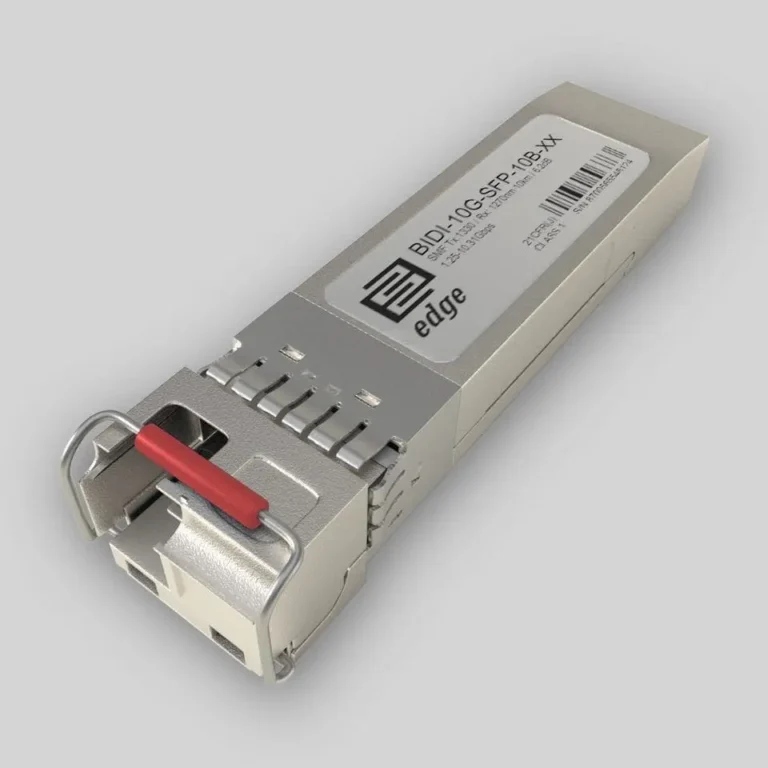How to Test Gold at Home: Simple Methods for Verification
Gold has been treasured for millennia, not just for its beauty but also for its value as an investment. Whether you’ve inherited jewelry, found a stunning piece at a thrift store, or want to verify your collection, knowing how to test gold at home can save you time and money. While professional jewelers have sophisticated equipment, there are several reliable methods you can use at home to test gold jewelry.
Testing gold at home doesn’t require expensive equipment or extensive knowledge. With some household items and careful observation, you can get a good indication of whether your gold is real. This article will guide you through various simple yet effective methods to test gold in the comfort of your home.
From basic visual inspections to more involved chemical tests, these techniques will help you distinguish authentic gold from imitations. Let’s explore the world of gold testing and learn how to protect yourself from counterfeit items.
Understanding Gold Purity and Karats
Before diving into testing methods, it’s important to understand what we’re looking for. Pure gold is 24 karats (24K), but most jewelry contains gold alloys.
Gold is often mixed with other metals to enhance durability and adjust color. Common gold purities include 18K (75% gold), 14K (58.3% gold), and 10K (41.7% gold).
Each karat level has distinctive properties that can help when you test gold at home. Higher karat gold is softer and more vibrant in color.
The markings or stamps on gold items typically indicate their purity. Look for numbers like 585 (14K), 750 (18K), or 999 (24K).
When you’re ready to upgrade your gold collection, consider investing in quality pieces like a
cuban link chain that offers both style and value. These timeless chains are known for their interlocking pattern and are a favorite among gold enthusiasts.
Visual Inspection: First Step to Test Gold at Home
Visual inspection gives initial clues about gold authenticity. Real gold has a deep, uniform yellow color. The color stays consistent across the entire piece. Fake gold often shows spotty coloring or fading. Gold at home can be examined in natural light for best results.
Look for stamps indicating karat purity. Common marks include 10K, 14K, 18K, 22K, or 24K. European gold might show numbers like 375, 585, 750, or 999. These numbers represent the gold percentage. The stamp “GP” means gold-plated, not solid gold.
Weight provides another visual clue. Gold weighs more than most metals. A small gold piece feels heavier than expected. This simple test helps spot fake gold at home without tools.
The Magnet Test for Gold Verification
The magnet test offers a simple way to test gold at home. Real gold contains no iron and does not attract magnets. Take a strong magnet and hold it near your gold item. If the item sticks to the magnet, it contains iron. This means the item is not pure gold.
Some fake gold contains metals that magnets attract. This test helps expose gold-plated items or fake gold. However, some non-gold metals also resist magnets. The magnet test works best as a first screening method.
You can find strong magnets in many household items. Refrigerator magnets may not work well. Speaker magnets or rare earth magnets give better results when you test gold at home.
The Density Test: Water Displacement Method
Gold has a high density compared to most metals. This property helps test gold at home through water displacement. You need a cup of water, a scale, and a calculator. First, weigh your gold item in grams. Then measure how much water the item displaces.
Pure gold has a density of 19.3 grams per cubic centimeter. Use this formula: Density = Weight ÷ Volume. The volume equals the water displacement in milliliters. If your result approaches 19.3, the item likely contains high gold content.
This test works best for solid gold items. Gold-plated items may fool this test. The density test gives reliable results for testing gold at home when done carefully.
The Ceramic Test: Streak Testing Gold
The ceramic test uses unglazed ceramic to test gold at home. Find an unglazed ceramic tile or the bottom of a ceramic mug. Drag your gold item across the ceramic surface with light pressure. Real gold leaves a gold-colored streak. Fake gold often leaves a black or green streak.
This test works because gold stays soft and malleable. It transfers to other surfaces without changing color. Metals that oxidize will leave dark streaks, unlike gold. The ceramic test causes minor scratches on your gold item. Use this test carefully on valuable jewelry.
Many people successfully test gold at home with this method. The ceramic test gives quick results without special equipment.
Vinegar Test for Gold Authentication
Vinegar contains acid that reacts with certain metals. Real gold resists vinegar’s acid. To test gold at home with vinegar, place a few drops on your gold item. Let the vinegar sit for 15 minutes. Then rinse and dry the item. Real gold shows no reaction or color change.
Fake gold or gold-plated items may change color or show green spots. The metal under gold plating reacts with vinegar. This exposes items with thin gold layers. White vinegar works for this test, but apple cider vinegar also works.
The vinegar test provides an easy way to test for gold at home with common kitchen supplies. This test works on jewelry and coins alike.
The Float Test: Simple Gold Verification
The float test uses water to test gold at home. Real gold has high density and sinks in water. Fill a glass with water and drop your gold item in. Pure gold sinks quickly to the bottom. Fake gold might float or sink slowly.
Some fake gold items contain lighter metals or hollow parts. These items float or sink more slowly than real gold. The float test takes seconds to perform. This makes it a quick way to test gold at home.
Remember that some other heavy metals also sink in water. The float test works best alongside other testing methods for confirmation.
Testing Gold with Makeup: The Foundation Test
Your makeup drawer might help test gold at home. Liquid foundation reacts differently with real and fake gold. Apply a small amount of liquid foundation to your gold item. Real gold causes the foundation to bead up. The foundation spreads evenly on fake gold.
Gold repels certain chemicals in liquid foundation. This creates the beading effect with real gold. Clean your gold item thoroughly after this test. Foundation residue can damage gold over time.
This unusual method helps people test gold at home without special tools. The foundation test works especially well for gold jewelry.
Using a Gold Testing Kit at Home
Gold testing kits provide more accurate ways to test gold at home. These kits contain testing solutions with different acid strengths. Each solution tests specific gold purity levels. Follow the kit instructions carefully. The acids cause color reactions that indicate gold content.
Testing kits cost between $15 and $50. They include test stones, bottles of acid, and instructions. The acid leaves marks on fake gold but not on real gold of matching purity. Gold testing kits work well for serious gold collectors.
These kits require careful handling. The acids can burn skin and damage surfaces. Use protective gloves and work in a well-ventilated area when you test gold at home with acid kits.
Electronic Gold Testers for Home Use
Electronic gold testers offer convenient ways to test gold at home. These devices measure the electrical conductivity of metals. Gold has a specific conductivity different from other metals. Simply touch the tester probe to your gold item. The device displays a reading indicating gold purity.
Basic electronic testers cost around $200. Professional models cost more but give more accurate readings. Electronic testers work well for people who regularly test gold at home. The devices require calibration and proper use for accurate results.
These testers work through gold plating. This helps identify items with thin gold layers over other metals. Electronic testing provides consistent results for gold verification.
The Nitric Acid Test: For Experienced Users
Nitric acid provides a definitive way to test gold at home, but requires caution. This test works best on a small scraping from your gold item. Place the scraping on a test stone. Add a drop of nitric acid. Real gold shows no reaction. Fake gold or lower-purity gold dissolves or changes color.
Nitric acid causes dangerous fumes and burns skin. This test requires protective equipment and proper ventilation. Only experienced people should use nitric acid to test gold at home. Hardware stores and jewelry supply shops sell nitric acid.
Different gold purities show different reactions. 10K gold reacts more than 18K gold. Pure 24K gold shows no reaction to nitric acid.
The Skin Discoloration Test
Gold does not discolor skin. This property helps test gold at home through wear. Place your gold item against sweaty skin for several hours. Real gold leaves no green or black marks on skin. Fake gold often leaves discoloration due to copper or other metals.
This test takes time but requires no special equipment. Many people use this method to test gold at home before buying jewelry. The skin test works well for rings and necklaces. Some people naturally have skin chemistry that reacts more with metals. This can affect test results.
Testing Gold Coins at Home
Gold coins require specific testing approaches. Start by measuring the coin’s dimensions and weight. Compare these to official specifications. Counterfeit coins often have wrong dimensions or weight. Many genuine gold coins produce a distinctive ring when tapped.
The ping test helps test gold coins at home. Balance the coin on your fingertip. Tap it gently with another metal object. Real gold coins produce a high-pitched ringing sound that lasts several seconds. Fake coins make dull sounds.
Serious collectors use a digital scale accurate to 0.01 grams. This precision helps test gold at home by catching weight discrepancies in coins.
Common Gold Counterfeits and How to Spot Them
Counterfeiters create sophisticated fake gold. Tungsten-filled gold bars fool many tests. These counterfeits contain real gold shells with tungsten cores. Tungsten weighs nearly the same as gold. This makes density tests less effective.
Brass and copper alloys commonly replace gold in fake jewelry. These metals look similar to gold but cost much less. Gold-plated items have thin gold layers over cheaper metals. The plating wears off over time, revealing the base metal.
Learning common counterfeits helps you better test gold at home. Check for uneven color, weight discrepancies, and unusual hardness. Real gold feels smooth and slightly soft. Fake gold often feels harder or has rough spots.
When to Seek Professional Gold Testing
Home tests have limitations. Professional jewelers and pawn shops use specialized equipment to test gold. Consider professional testing for high-value purchases. Professional assayers use X-ray fluorescence and fire assay methods for precise results.
Professional testing costs money but provides certainty. Most jewelers charge $10-$50 for gold testing services. This investment makes sense for expensive items. Professional testing helps when home tests give unclear results.
Some situations always warrant professional testing. These include large investment purchases, antique jewelry, and suspected rare coins. Professionals can test gold more accurately than home methods allow.
Combining Methods for Better Results
No single home test proves gold authenticity completely. Combine several methods to test gold at home more effectively. Start with visual inspection and the magnet test. Then try the ceramic test or vinegar test. Finally, consider water displacement or electronic testing.
Multiple positive test results build confidence in your gold’s authenticity. Different tests check different properties of gold. Using various methods helps catch sophisticated fakes. Systematic testing improves your ability to test gold at home successfully.
Keep records of your test results for valuable items. Note the date, tests performed, and outcomes. This documentation helps track your gold collection.
Protecting Your Investment Through Testing
Regular testing helps protect gold investments. Test new purchases immediately. Also test gold items after repairs or cleaning. Some dishonest jewelers switch genuine gold for fakes during repairs. Testing helps catch these problems early.
Store your testing supplies together for convenience. Create a dedicated area to test gold at home safely. Keep acids and chemicals away from children and pets. Proper testing habits protect both your gold and your family.
Knowledge gives confidence when buying gold. Learning to test gold at home saves money and prevents fraud. These skills serve you throughout your gold-buying journey.
Conclusion: Mastering How to Test Gold at Home
Learning how to test gold at home empowers you to make informed decisions about purchases, sales, and your collection. While no single home test is foolproof, combining multiple methods provides a reliable assessment.
Always start with non-destructive tests before attempting any that might damage your gold. For valuable pieces or when in doubt, consult a professional jeweler for definitive authentication.
With these testing techniques, you’ll gain confidence in identifying genuine gold and protect yourself from counterfeit products. Testing gold at home not only saves money but also deepens your appreciation for this timeless precious metal.







